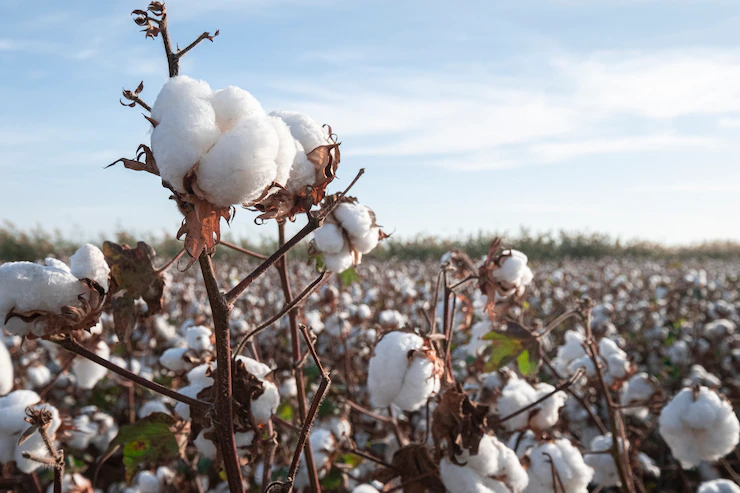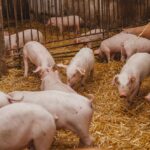When growing cotton in South Africa, there are several infections and diseases that you should watch out for. Here are a few of the most common ones:
- Fusarium wilt (Fusarium oxysporum f. sp. vasinfectum): This fungal disease affects cotton plants and can cause wilting, stunting, and browning of leaves. It can lead to significant yield losses if not properly managed.
- Verticillium wilt (Verticillium dahliae): Another fungal disease, Verticillium wilt affects the vascular system of cotton plants, causing yellowing, wilting, and premature defoliation. It can also lead to reduced yields.
- Boll rot (Colletotrichum gossypii): Boll rot is a fungal disease that affects cotton bolls. It causes the bolls to rot, resulting in yield losses and reduced fiber quality. Proper boll hygiene and timely fungicide applications can help control this disease.
- Cotton leaf curl disease (CLCuD): This viral disease is transmitted by whiteflies and can cause significant damage to cotton crops. Symptoms include leaf curling, yellowing, and stunting of plants. Planting resistant varieties and implementing integrated pest management strategies can help manage this disease.
- Cotton bollworm (Helicoverpa armigera): While not an infection or disease, the cotton bollworm is a major pest that can cause extensive damage to cotton crops. It feeds on cotton bolls, causing yield losses and reducing fiber quality. Integrated pest management techniques, including the use of biological control agents and judicious insecticide applications, are important for managing this pest.
It is important to monitor your cotton crop regularly for signs of these infections, diseases, and pests. Consult with local agricultural experts, extension services, or agricultural research institutions in South Africa for specific recommendations and up-to-date information on effective management practices for cotton cultivation in your region.
Join 'Farmers Mag' WhatsApp Channel
Get the latest Farming news and tips delivered straight to your WhatsApp
CLICK HERE TO JOIN






